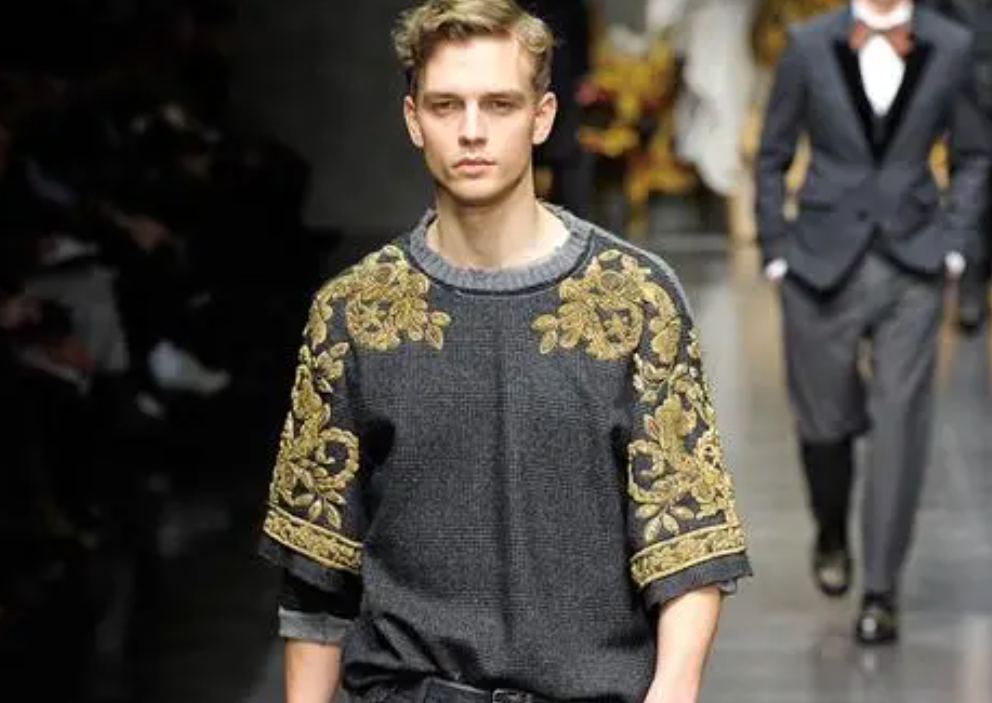
The four major fashion weeks of autumn and winter 2022 have just ended, and from New York, London, to Milan and Paris, major brands have returned to the entity on time, which seems to bring people back to the fashion system that was orderly and operating before the epidemic.
In fact, from the birth of the first real sense of the fashion show, the establishment of the modern fashion release system is not as logical as imagined, and every seemingly natural link has undergone twists and turns.
As this season's International Fashion Week comes to an end and the new season of Shanghai Fashion Week is still full of variables, let's focus on the women workers who have worked hard and sweat for the progress of fashion shows and fashion weeks. Their stories, together, are a vivid fashion history.
Although the history of fashion begins in Paris, the modern fashion presentation model really began across the ocean in New York, and it began with the first real fashion show in 1914. The fashion week model was established by the likes of Edna Woolman Chase, Eleanor Lambert, Ruth Finley and Fern Mallis...
They use their limited bodies to hold up the world of fashion releases, making the radiation of fashion week more and more extensive.From the 19th century onwards, Paris has dominated the fashion scene, whether it is Charles Frederick Worth, the father of haute couture, who put real models in new fashions to look at the racecourse, or Paul Poiret's masquerade and salon shows in the early 20th century. Have made the media willing to pour all their ink and ink into Paris presented the gorgeous dress.
By the summer of 1914, Edna Woolman Chase, who had just become editor in chief of American VOGUE, was nervous about the fall issue.
The outbreak of World War I threw Europe into turmoil, not to mention sending hand-drawn sketches of the new season to the New York newsroom, and even many Paris fashion houses were unable to hold regular new season launches.
In the face of a crisis without precedent, Chase wrote: "If there is no fashion to cover in Paris, let's go New York mode."
This made the original to learn from and follow the Paris fashion vane American fashion industry has undergone great changes, Chase to find New York designers and retailers to work together to build a New York fashion voice.
From encouraging excellent local fashion designers to abandon the idea of imitation and create new designs, to teaching models how to walk gracefully, to persuading those high-class women who go to Paris every season to sit in the first row of local designers' conferences, Chase spent more than three months to quickly gather all the strength in his hands. Held a three-day Fashion Fete fashion festival.
The event was a huge success, and Chase's original layout for Parisian designers became a stage for young New York designers to emerge, filling 15 pages over three days. Emily Post wrote in the magazine that "every audience in attendance applauded these local designers."
When Eleanor Lambert uttered these words, fashion editor Diana Vreeland patted the "nobody" on the hand and said, "Honey, you are such an outsider."
But Lambert proved his prediction with a Battle of Versailles, the fashion world's equivalent.
Most recent knowledge of Lambert comes from Halston, a semi-documentary series that aired last year.
Lambert, played by Kelly Bishop, is a well-known American fashion publicist. Stephen Burrows, Halston, Bill Blass, Oscar de la Renta and Anne Klein represent the power of American fashion design in the 1970s, and participate in the far-reaching American-French fashion contest around the Palace of Versailles in Paris.
But 30 years before the Battle of Versailles began, Lambert held the first real fashion Week in New York - Press Week.
In July 1943, when the Paris fashion industry was at its lowest ebb during World War II and Edna Woolman Chase was working with designers in New York during World War I, Lambert came up with the idea for a fashion fair. Lambert encouraged journalists to shift their focus from "manufacturers who can make Parisian versions" to "designers who show local creativity."
By January 1944, a second news week had begun, a frequency that set the stage for today's biannual fashion week.

